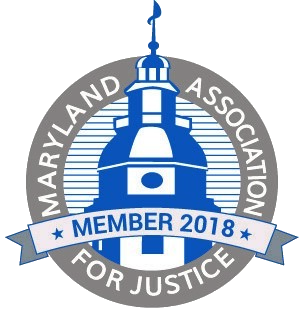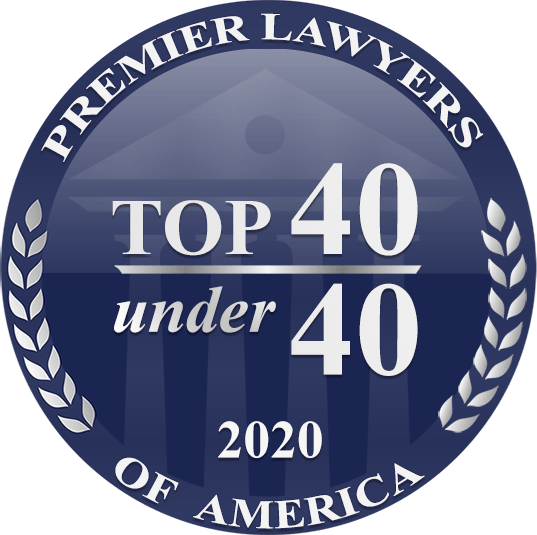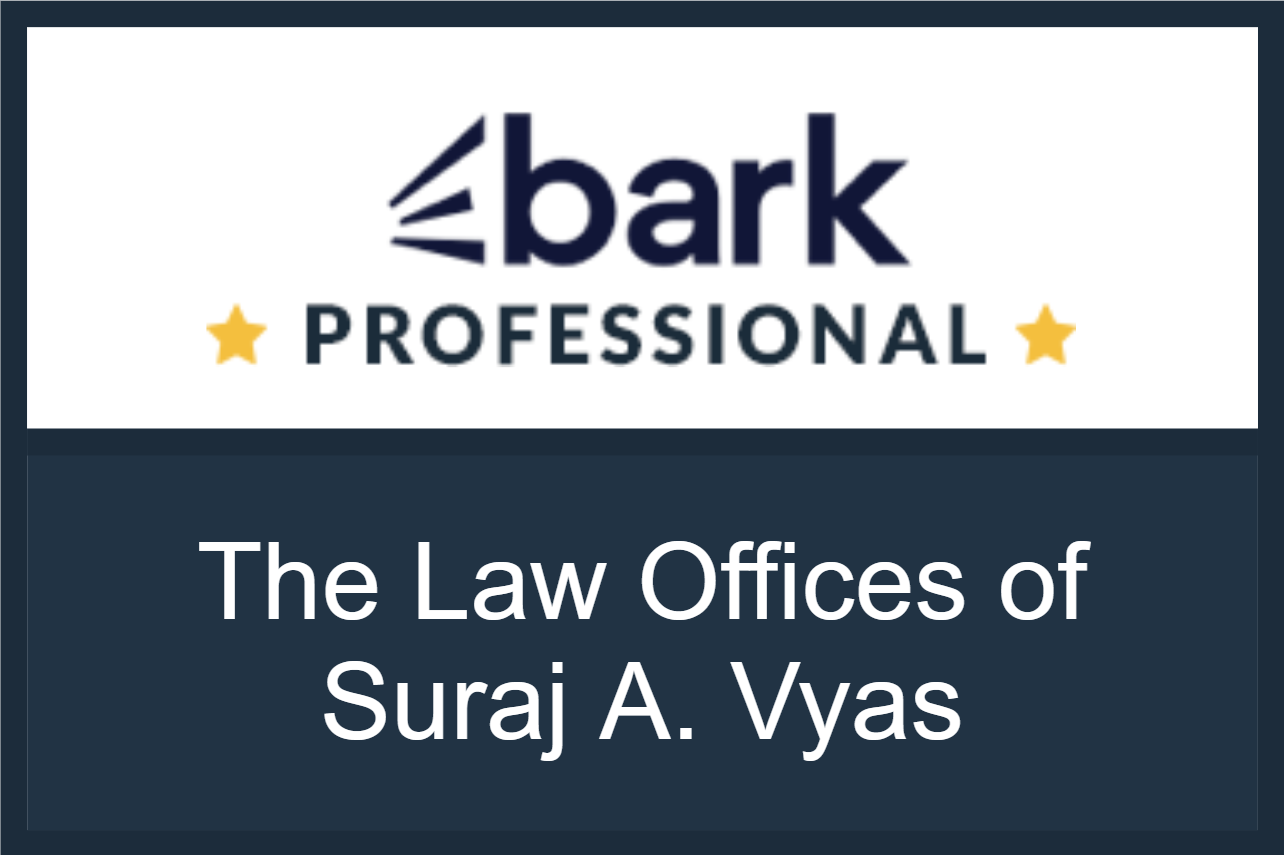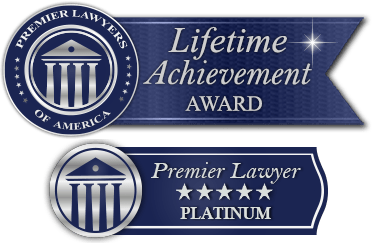- Frequently Asked Questions -
- PATENT LAW -
Question
What is a US patent?
Answer
A United States patent is a knowable exclusionary right granted by the United States Patent and Trademark Office (USPTO) which, for a limited amount of time, prevents others from making, using, selling, or offering for sale (or importing) your invention. If you obtain a utility patent, you must pay maintenance fees to the USPTO or you patent will become abandoned. If your failure to pay is unintentional, you can revive the patent.
Question
What can I patent with a utility patent?
Answer
Title 35 of the United States Code states that any new and useful process, machine, manufacture, or composition of matter is patentable.
Question
Does my abstract have to be on a separate sheet of paper?
Answer
Yes, you cannot simply add the abstract onto the end of another section of your application even if it can fit.
Question
How do I acquire a foreign filing license?
Answer
You can acquire a foreign filing license in one of three ways: (1) Let 6 months pass after filing any US patent application (including a provisional application); (2) Have it granted specifically on the filing receipt (it will indicate a date the license becomes effective); or (3) Petition asking for a foreign filing license and have it granted.
Question
Can I patent DNA?
Answer
Isolated DNA is not patent eligible, but cDNA if patent eligible so long as it is not identical to the relevant DNA.
Question
What does “actual reduction to practice” entail?
Answer
Actual reduction to practice requires showing that the invention has been sufficiently tested to demonstrate it will work for its intended purpose or sufficiently simple that no testing is required. This can be established by submitting proof of facts by affidavit and documents.
Question
What can I patent with a utility patent?
Answer
Any new and useful process, machine, manufacture, or composition of matter is patentable.
Question
How do I obtain my filing date?
Answer
You would need to submit a specification. In the next 2 months (this can be extended up to 5 months), a claim, drawing, fee, oath, and translation would likely be needed in response to a Notice of Missing Parts if you did not submit those along with your specification. As an example, if you applied on 4/16/2018 with no address, your deadline would be 6/16/2018 and will automatically extend to 11/16/2018 (and can be extended further with cause and a USPTO-required fee). Contrast this with an example where you did provide an address: If you applied on 3/4/2018 and a Notice of Missing Parts was sent on 9/2/2018, your deadline would be 11/2/2018 and will automatically extend to 4/2/2019 (and can be extended further with cause and a USPTO-required fee).
Question
Is there any way to expedite my application through the USPTO?
Answer
Yes, there are numerous ways you can expedite the patent prosecution process, but the mechanism you choose to use will depend heavily on the specific facts surrounding your application.
Question
What if I need to suspend prosecution?
Answer
If no official action is pending and you want to suspend prosecution for good and sufficient reason, you may do so by filing a Petition to Suspend for a definite time (up to 6 months). You cannot petition to suspend prosecution while there is an action outstanding.
Question
Can I get an extension of time for cause when automatic extensions are not available?
Answer
Yes, you can get an extension of time under such a circumstance provided you follow proper USPTO procedure. You can even pay an issue fee late, provided the delay was unintentional. Certain due dates are not extendable even “for cause” such as: (1) Deadline for an Information Disclosure Statement (IDS); (2) Due dates set by statute (such as a 6 month deadline for replying to Official Actions); (3) Issue fee deadline (this can be paid late upon proper showing, but cannot be extended); (4) The 3 month deadline to obtain a refund for a fee paid as a large entity; and (5) The due date for filing formal drawings at the time of paying the issue fee.
Question
Can I patent a company or contract?
Answer
No, you cannot patent a company or contract. Depending on what you are hoping to accomplish, you may be able to protect your company or contract under copyright or trademark laws. Patents, trademarks, and copyrights are all different. For example, if you invent a new kind of pencil, a patent will protect the invention of that new kind of pencil. A trademark would protect the brand name of that pencil. A copyright would protect the advertisement that you create to market your new kind of pencil.
Question
How can I fix typographical errors in my issued patent?
Answer
You can obtain a Certificate of Correction and pay the USPTO their required fee to correct such mistakes.
Question
Can I use a trademark or trade name in a claim?
Answer
Yes, you can use a trademark or trade name in a claim in most circumstances.
Question
How do I communicate a name change as an applicant?
Answer
If your legal name has changed then you can submit a petition and affidavit along with the USPTO required fee to change the name on the application.
Question
How do I know if my product or process is subject-matter eligible for a patent?
Answer
At a basic level, you can conduct the same test a patent examiner does. Write down your claim to a process (an act or a series of acts or steps), machine (a concrete item consisting of parts, devices, or the combination of devices), manufacture (an article produced from raw or prepared materials by giving these materials new forms, qualities, properties, or combinations), or composition of matter (meaning all compositions of two or more substances and all composite articles) ensuring it is not directed to a law of nature, a natural phenomenon (meaning a product of nature), or an abstract idea. You will need to include certain disclosures in your patent application that can be used to support these claims to your useful invention. You cannot patent scientific principles and mathematical discoveries (methods of using those principles or devices embodying those principles are patentable). You cannot patent atomic weapons (other weapons are patentable). You cannot patent a device useful ONLY for illegal purposes.
Question
How do I know if my invention is obvious?
Answer
Overcoming an obviousness rejection is a large task to take on, but you can get started in doing your own evaluation by first determining what kind of prior art is out there in the world that could possibly be used against your invention and show that it was obvious based on prior inventions of the past. If something has already been invented before then you can’t get a patent on that same invention. When filing a patent application, you will want to distinguish your invention from those prior art inventions and base those differences in some kind of concrete evidence. You also want to look at it from a layman’s perspective sometimes and think: Was this just an obvious thing that anyone, or those in this space, would have tried? Arguing that your invention is something that no one would have or has tried before is an art of itself and you will want to make sure you are strategically formulating such an argument.
QUESTION
Can I renew my patent?
Answer
No, patents are not renewable.
QUESTION
What does “patent pending” mean?
Answer
“Patent pending” means that you have filed a patent application with the USPTO. It does not necessarily mean your patent will be issued.
QUESTION
Do I need a cover sheet on my provisional application?
Answer
Yes, your provisional application is not complete until you submit the cover sheet.
QUESTION
Who can file a protest?
Answer
Any party with knowledge of an application pending in the USPTO can file a protest against the application bringing to light any facts within the protestor’s knowledge (using whatever information the protestor chooses) which, in the protestor’s opinion, would make granting the patent improper. A protest must include certain specific items in order to be considered by the USPTO so it’s important to make sure you timely file a complete protest and submit it to the correct location. There is no USPTO fee for filing a protest.
Question
What is the process of getting a patent?
Answer
The proper process of obtaining a patent starts with a patent search. There is no point going through the entire patent application process if “your” invention has already been invented. Assuming your invention hasn’t already been invented, you would then want to consider exactly what kind of patent you are looking to file. The three kinds of patents are: (1) Utility patent; (2) Design patent; and (3) Plant patent. A utility patent covers the manner in which an invention works. A design patent covers the appearance of an invention. A plant patent covers most types of plants. You will then need to come up with a proper strategy as to filing the patent domestically and internationally. There are strict time requirements for all of this so you will want to make sure you are not unintentionally losing any possible international patent rights. You will then file a complete non-provisional (or possibly a provisional) patent application along with any additional documentation needed if you are looking for some kind of expedited service offered by the USPTO. The patent application is then assigned to an examiner at the patent office. The examiner will review the application and either accept or reject the application. If the application is rejected, you will have a chance to overcome the rejection through various techniques (and even possible interviews with the examiner if needed), to hopefully convince the examiner to grant the patent. If you fail to convince the examiner, you may still be able to get your patent’s Notice of Allowance by filing an Appeal and possibly a Reply Brief. Remember: You are receiving a patent in exchange for sharing your knowledge with the country (and world) so you want to make sure you are submitting applications that achieve this goal.
Question
What is the process of an Appeal?
Answer
Once a Notice of Appeal (which does not need to be signed or identify any claims) is received at the USPTO (along with the USPTO-required fee), you have 2 months (extendable for 5 more months; meaning 7 months total) from the Notice of Appeal receipt date to file an Appeal Brief (which must meet specific requirements under the law). There is no USPTO fee associated with the filing of an Appeal Brief. If your Appeal Brief is defective, you have 30 days to fix the noncompliance. The Examiner will then file an Answer. If the examiner mentions new grounds of rejection, you can reopen prosecution. An oral hearing can be requested within 2 months after the Answer is sent (this is only extendable for cause). Oral arguments are only held if requested in writing and the USPTO-required fee is paid. You, as the applicant, can choose to file a Reply Brief within 2 months of the Answer (you have to pay the USPTO-required fee regardless and this is only extendable for cause). PTAB will then (partially) affirm or reverse the examiner or also issue a statement which has a new ground of rejection. You can ask them to reconsider, get rejected, and appeal again (if the rejection is final or has been made twice) if it comes to that. Whenever PTAB makes a new ground for rejection, you can ask for review. Ultimately, after the decision, you, as the applicant, have 2 months (only extendable for cause) to file a request for rehearing (there is no USPTO fee for filing this). You can then seek review by the proper courts outside of the USPTO. Keep in mind that appealing to the Federal Circuit Court of Appeals requires a fee and no new evidence is allowed because it is not a trial-level court.
Question
Can I see an abandoned provisional patent application relied upon for priority in a nonprovisional US patent application?
Answer
Yes, but you will need to make a request with the USPTO and pay an accompanying fee to the USPTO. Additionally, you can obtain access to any unpublished pending or unpublished abandoned application which is mentioned in an issued patent.
Question
What is an amendment?
Answer
An amendment is essentially any change you make in your patent application. They may not be filed in a supplemental examination proceeding as those have entirely different regulations. Amendments are entered into a file and considered for future proceedings or appeals. You cannot amend amendments or briefs. Even if an examiner refuses to “enter” an amendment (likely because it raises new issues or doesn’t place the application in better condition for appeal), the amendment will still be kept in the file and claims must still be numbered as if the amendment was entered. Amendments made after a Notice of Allowance is NOT a matter of right and must be done before paying the issue fee (which is due 3 months after the Notice of Allowance). In order to submit an amendment in this scenario, you must state why an amendment is needed, why no new search or consideration is required, why any amended or new claims are patentable, and why the amendment was not presented earlier. If such an amendment is refused, then the only option is to file a continuation.
Question
When do I need to list all of my claims in an amendment?
Answer
You must include a complete listing of all claims EVER presented in any amendment that involves a change to an existing claim, cancellation of an existing claim, or addition of a new claim. For example, if Amendment #1 contains Claims 15-20 and is not event “entered,” Amendment #2 must start with Claim 21.
Question
What is a supplemental reply?
Answer
A supplemental reply is a reply filed in follow-up to an initially filed reply. Supplemental replies are considered a matter of right if limited to the cancellation of claims, adoption of the examiner’s suggestions, placement of an application in condition for allowance, replying to an office request made after the First Reply, correction of informalities, or for purposes of simplifying issues on Appeal.
Question
How can I view patent applications online?
Answer
You can view published applications online by clicking here.
Question
What is a derivation proceeding?
Answer
A derivation proceeding is a trial proceeding conducted at the Patent Trial and Appeal Board (PTAB) to determine whether an inventor named in an earlier application derived the claimed invention from an inventor named in the petitioner’s application and the earlier application claiming such invention as filed without authorization of the petitioner.
Question
Can I revive a provisional patent application?
Answer
Yes, but the application will still expire at 12 months.
Question
Can I file a provisional patent application for a design patent?
Answer
No, provisional applications are only used as an initial filing for utility patents.
Question
If a claim in a US patent application is directed to a broad genus, but the foreign priority application only discloses a certain number of species within the broad genus and not the broad genus per se, would the claims to the broad genus in the US application be supported by the foreign priority application?
Answer
No, in such a case, the claims in the US patent application directed to a broad genus with numerous variations are not supported by the foreign priority application.
Question
What applications are governed under the Patent Law Treaty (PLT)?
Answer
The PLT only applies to nonprovisional utility applications. It does not apply to reissue applications either.
Question
How do I protect my invention in foreign countries?
Answer
You would need to obtain patent protection in the foreign country. This can be obtained through numerous methods, but with the increasing globalization of the world, the USPTO and foreign patent offices are making this process easier and easier as the years pass. The Patent Cooperation Treaty (PCT) provides a mechanism by which an applicant can file one utility patent application and have it act as a worldwide provisional application because it holds your place (for a limited time) in WTO countries so long as you meet international application requirements and have it processed by a “receiving office” which establishes an international search report. The Hague Agreement on Industrial Design allows design patent applicants a manner by which they can gain design patent rights in foreign countries through a more streamlined process as well. The Hague Agreement is essentially the design patent equivalent to the PCT. Something to keep in mind also is that a resident alien may be given limited recognition to prosecute a specific application upon a showing of circumstances that it is necessary or justifiable. Other related mechanisms that apply to foreign applications or merely speeding up the patent prosecution process include the Patent Prosecution Highway (PPH), accelerated examination, and “Track 1.”
Question
Where can you file an international design application?
Answer
You can file an international design application through the USPTO if you (as the applicant) or at least one applicant (in cases where there is more than one applicant) is a US national or has a domicile (meaning a habitual residence) or a real and effective industrial or commercial establishment in the United States. The USPTO will receive and accord a receipt date to your international design application and collet any related fees. The USPTO will determine whether your application is in compliance with the applicable requirements before transmitting your international design application to the International Bureau (assuming there is no national security issue). You could also directly file with the International Bureau making sure to follow all applicable requirements so that there are no defects in your application.
question
Will my request for participation in the PPH program and special status granted in an application carry over into a request for continued examination (RCE)?
Answer
Yes, it will carry over for the RCE, but a request for participation in the PPH program and special status granted in a parent application will NOT carryover into a continuing application. You would need to fulfill all relevant conditions in order for special status to be granted in a continuing application and file appropriately based on proper USPTO procedure.
question
How long will it take from filing an International Application (IA) to entering the national stage?
Answer
This will take up to 30 months from your priority date and the IA would need to be filed in the first 12 months.
Question
What happens if the inventor dies, goes insane, cannot be found, refuses to execute an application, or is otherwise legally incapacitated and I can’t execute their oath or declaration?
Answer
In a scenario like that, where diligent effort has been made, an application may be made by someone else on his or her behalf through the submission of a substitute statement. A substitute statement can be executed by the legal representative of the incapacitated person so long as their is appropriate proof of authority. A substitute statement must include specific elements in order to be considered valid.
Question
What does “prima facie” mean?
Answer
Prima facie is Latin for “on its face.”
Question
What does “pro se” mean?
Answer
Pro se is Latin for “for oneself.”
QUESTION
What is a post-grant review?
ANSWER
At the most basic level, post-grant review is a trial proceeding conducted at PTAB to review the patentability of one or more claims in a patent.
QUESTION
How do I go about starting an inter partes reexamination?
ANSWER
Inter partes reexamination (not to be confused with ex parte reexamination) procedures have been discontinued and are no longer possible to pursue. It has been replaced by the inter partes review, which applies to any issued patents. Exactly like a post-grant review, any person who is NOT the owner of a patent may file a petition with the USPTO to institute an inter partes review of an issued patent assuming the petition is timely. The petition must conform with the rules of patent law and be accompanied by the USPTO-required fee. The USPTO will make your petition and the proceeding available to the public. It is important to note that the USPTO will not authorize an inter partes review unless there is a reasonable likelihood that you, as the petitioner, would prevail with respect to attacking at least one of the challenged claims. If the USPTO decides you do not meet this threshold, there is no way to appeal. If they do decide you meet this threshold, you will have the burden of proving unpatentability by a preponderance of the evidence. A related mechanism is a pre-issuance submission which has its own set of requirements.
